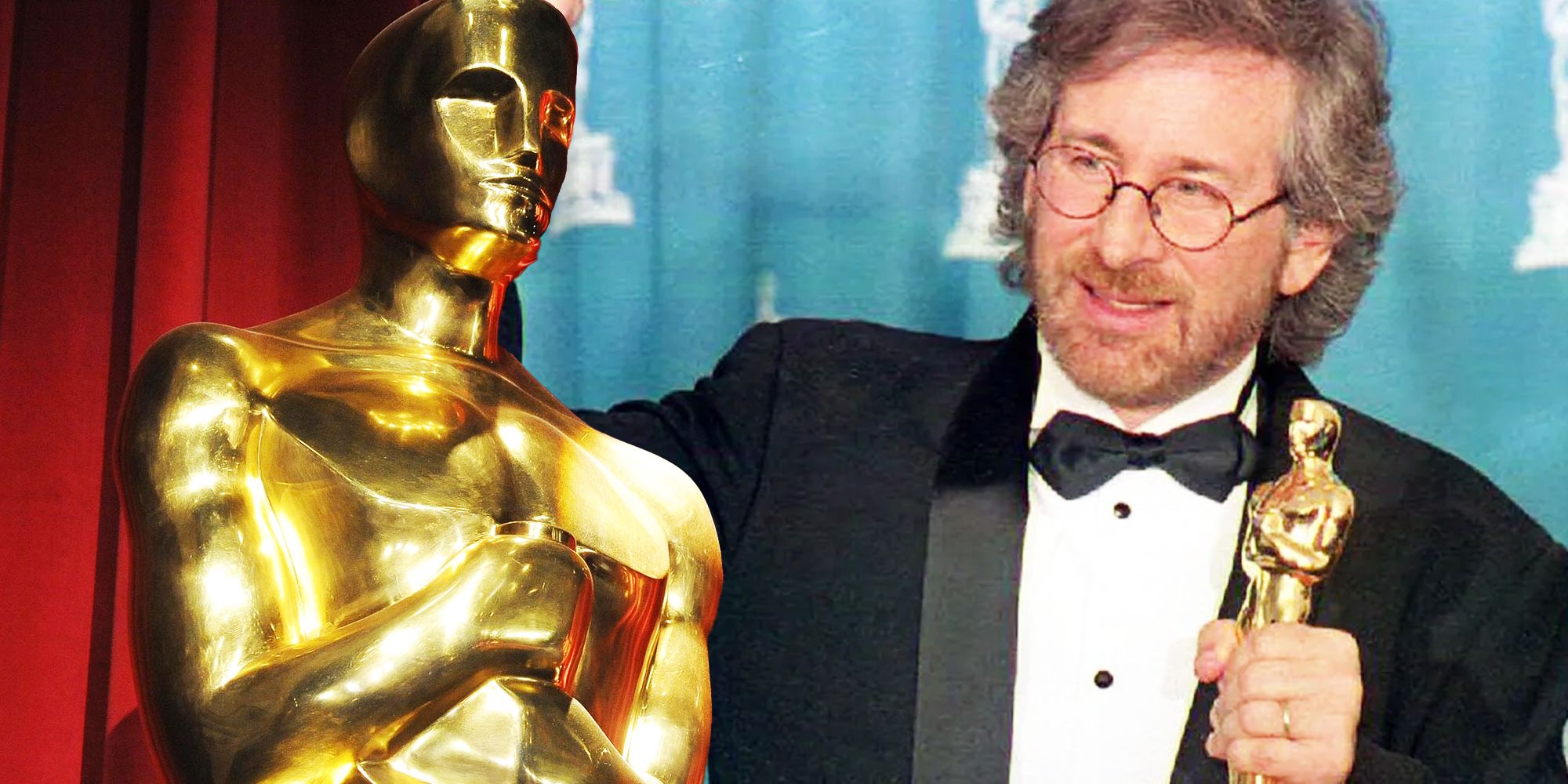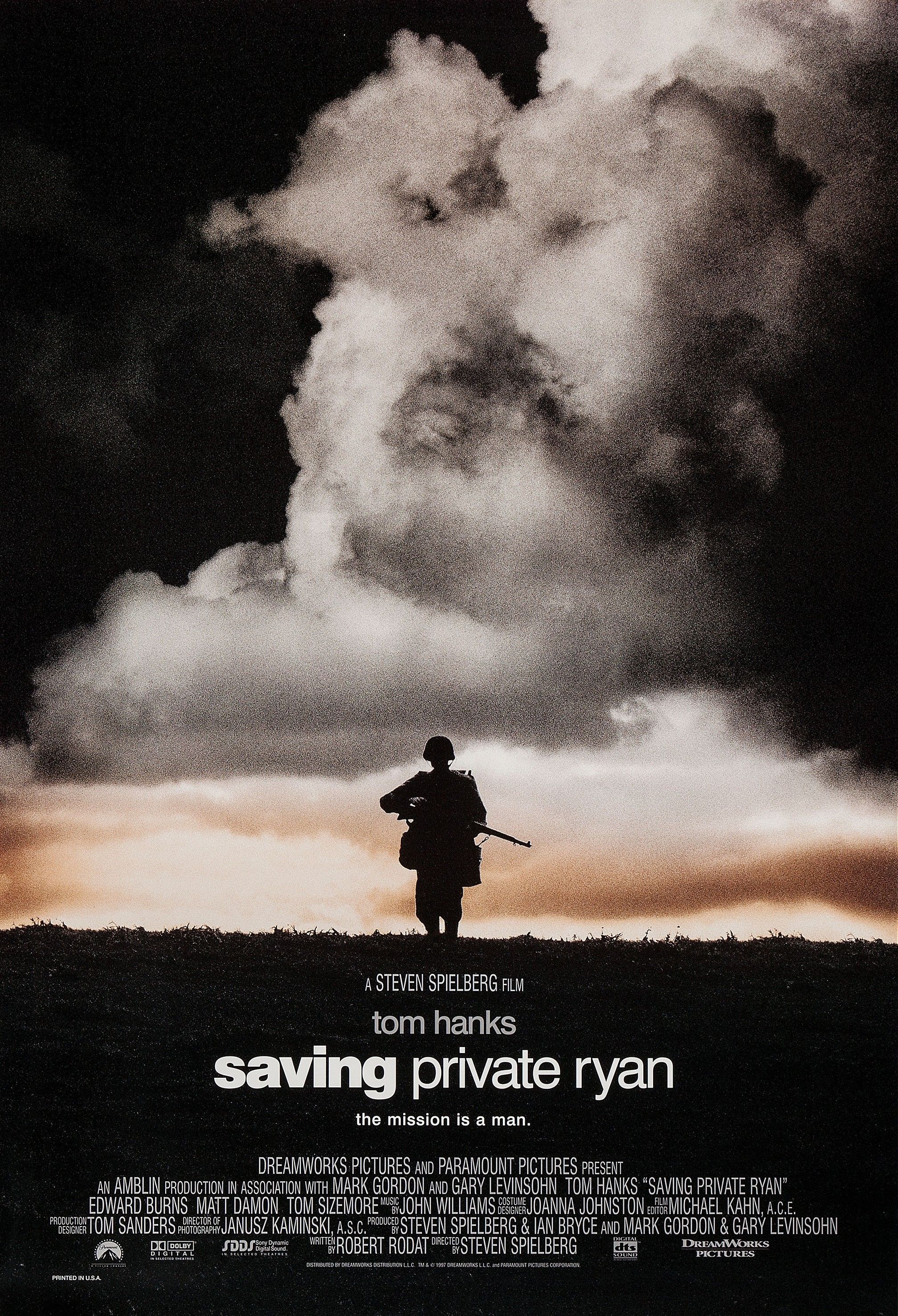
Saving Private Ryan Star Remembers Spielberg’s Filming Genius
<em>Saving Private Ryan</em> star Giovanni Ribisi shares an insightful filming detail that showcases Steven Spielberg’s exceptional directorial skills. Released in 1998, Spielberg’s mesmerizing World War II film became a remarkable box office success, amassing an impressive $481 million globally. The film not only captivated audiences but also garnered critical acclaim, winning five Academy Awards, including Best Director for Spielberg and Best Cinematography for Janusz Kamiński, solidifying its place in cinematic history.
Ribisi recounted his firsthand experience of Spielberg’s directorial brilliance during a recent interview on the ReelBlend Podcast, where he promoted his new film Strange Darling. He expressed admiration for Spielberg’s remarkable ability to remain significantly ahead of schedule, even while directing three films in a remarkably short timeframe. Ribisi reflected on the impressive opening battle sequence of Saving Private Ryan, which not only extended to 27-and-a-half minutes but was also completed two weeks ahead of schedule, a feat that is astonishing when compared to the common delays faced by film productions.
Understanding Saving Private Ryan’s Impact on Film History
The Legacy of Spielberg’s Masterpiece
Steven Spielberg notably directed The Lost World: Jurassic Park, Amistad, and Saving Private Ryan in consecutive order, with the first two films debuting in 1997 and the latter in 1998. This relentless filming schedule did present challenges for Private Ryan’s pre-production phase, restricting the time available for Spielberg to refine the film’s intricate details. Nonetheless, the final product emerged as a stunning masterclass in filmmaking, demonstrating Spielberg’s ability to craft a compelling narrative under pressure.
Spielberg’s stirring World War II epic has earned a distinguished reputation as one of the finest war films of the late 20th century. Ribisi’s account of Spielberg and cinematographer Janusz Kamiński’s extraordinary filming efficiency only enhances the movie’s status as an enduring masterpiece. The fact that they managed to maintain a schedule well ahead of time, despite the pressures of limited pre-production, becomes even more impressive when considering the film’s vast scale, particularly the iconic D-Day landing sequence, which is celebrated as one of the most realistic battle scenes ever captured on film.
Exploring Spielberg’s Directing Genius
Spielberg’s GOAT Status in Filmmaking
Steven Spielberg’s ambitious decision to direct three major films in quick succession could have been perceived as reckless; however, the outcomes of these projects demonstrate his unparalleled talent. Jurassic Park: The Lost World served as a worthy sequel to the groundbreaking original, while Amistad presented a compelling courtroom drama that resonated with audiences. Nevertheless, it is Saving Private Ryan that stands out as the true cinematic treasure. Spielberg’s accomplishment in winning the Oscar for directing this war drama is well-deserved, showcasing his exceptional directorial capabilities by effectively managing a large-scale production and overcoming numerous challenges that such a monumental project entails.
The fact that the somewhat overlooked Shakespeare in Love triumphed over Saving Private Ryan for Best Picture is widely regarded as one of the most significant missteps in Oscars history.
Undoubtedly, the multitude of challenges presented by a film as grand in scope as Saving Private Ryan would have overwhelmed a less experienced director. However, according to Ribisi, Spielberg navigated the complexities of filming with remarkable ease. Each behind-the-scenes account, such as Ribisi’s, contributes to Spielberg’s esteemed reputation as one of Hollywood’s greatest filmmakers, further cementing his legacy in the industry.
Source: ReelBlend Podcast





